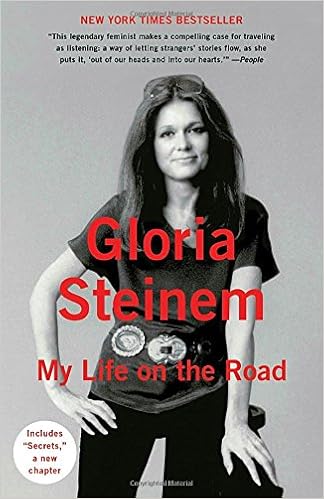 Every once in while there comes a book that makes me want to shout from the roof tops, “Everybody, please read this book if you truly care about humanity and society!” Tim Wise’s book Under the Affluence: Shaming the Poor, Praising the Rich and Sacrificing the Future of America, is one such book. And though it may sound melodramatic, I truly think Mr. Wise’s book is an excellent primer on exactly why our nation seems so skewed, confused and messed-up, especially during one of our most scary, yet important presidential election years ever.
Every once in while there comes a book that makes me want to shout from the roof tops, “Everybody, please read this book if you truly care about humanity and society!” Tim Wise’s book Under the Affluence: Shaming the Poor, Praising the Rich and Sacrificing the Future of America, is one such book. And though it may sound melodramatic, I truly think Mr. Wise’s book is an excellent primer on exactly why our nation seems so skewed, confused and messed-up, especially during one of our most scary, yet important presidential election years ever.
Scholar, activist and writer, the aptly named Tim Wise, has focused on societal issues since college and one of his first jobs was working against former KKK grand wizard, David Duke’s presidential bid. Since then Wise has worked on behalf of many progressive causes and has written several books, Under the Affluence being his latest.
In 2016 Wise wonders why do we (as a nation and a society) shame the poor (and let’s face it, anyone who isn’t mega wealthy) while praising the super-rich? And what does that say about us and what impact is this having on society?
Wise calls this detestable movement “Scroogism,” and, yes, based on Ebenezer Scrooge from the Charles Dickens’ classic A Christmas Carol. And it is a theme that has shaped our thinking about the haves vs. the have-nots and have-lessers, much of it encouraged by big business, Wall Street, billionaires and millionaires, CEOs, the radical right political pundits, the current state of the GOP, conservative Christianity, mainstream media and often, ourselves. And yes, that includes the have-nots and have-lessers. And Wise offers evidence through nearly 40 pages of end notes to give gravitas to Under the Affluence.
Under the Affluence and its theme of Scroogism is divided into three well-researched, scholarly, yet audience friendly, maddening, heartbreaking and in the end, cautiously hopeful chapters. These chapters include:
- Pulling Apart-The State of Disunited America
- Resurrecting Scrooge-Rhetoric and Policy in a Culture of Cruelty
- Redeeming Scrooge-Fostering a Culture of CompassionIn Resurrecting Scrooge,
Wise carefully researches how in the 21st century the United States is a society that bashes the poor, blames victims, the unemployed and underemployed, embraces a serious lack of compassion and celebrates cruelty while putting the wealthy and the powerful on a pedestal. And Wise examines the origins of class and cruelty in the United States, the ideas of the Social Gospel and FDR’s New Deal, the myths and realities of the War on Poverty from its inception to Reaganism (and how liberals responded), and the concept how culture of cruelty affects who receives justice and who receives nothing at all except horrifically de-humanizing insults, both in rhetoric and reality. It is probably these two chapters that truly stirred my rage, and at times, I had to put Under the Affluence down and take a few deep breaths.But just as I was about to chuck Under the Affluence across the room and spend a week in the corner rocking back and forth, I read the final chapter, and felt a bit of hope. Perhaps, as nation things aren’t as bleak as they seem. In this chapter, Wise reminds us to look for possible roadblocks on the way of redemption. He also mentions that besides facts, use storytelling because behind every fact there is a very human face with a story that must be heard. He behooves us to create “a vision of a culture of a compassion” and how we can help communities to control their destiny.
Now, I am a realist. I know for the most part Under the Affluence is a book that preaches to the choir, especially in 2016. But maybe, just maybe, Under the Affluence will open minds, soften hearts and act an agent for, as Elvis Costello so aptly put it, “peace, love and understanding.” Under the Affluence is not only one of the most important books to come out in 2016; it is one of the most important books to come out in the 21st century.
Wise also takes a look at the world of the working poor and the non-working rich, the myth of meritocracy, horribly mean-spirited remarks, much of it coming from the radical right, including pundits and politicians, excessive CEO and big business pay, the devaluing of work that truly benefits all of society-nursing, teaching social work, protecting the public, improving our infrastructure, creating art, taking care of the elderly and disabled, and so on. And let’s not forget the very valuable work that doesn’t pay-parenting, eldercare, volunteering, etc.
In Pulling Apart, Wise takes a hardcore look at our current state of joblessness, wage stagnation, underemployment and how they affect us in this stage of “post-recession recovering” America. He investigates today’s realities and the long-term effects of income and wealth inequality. Wise contemplates who and what caused these problems and how race, class and economics are involved.






